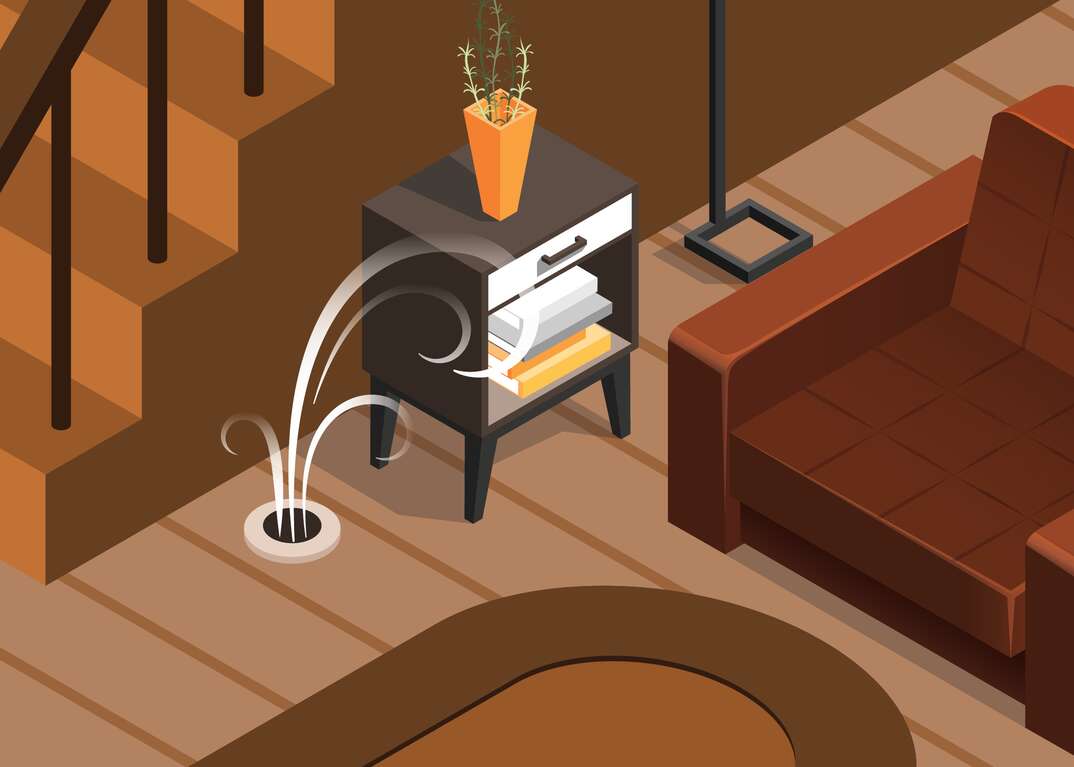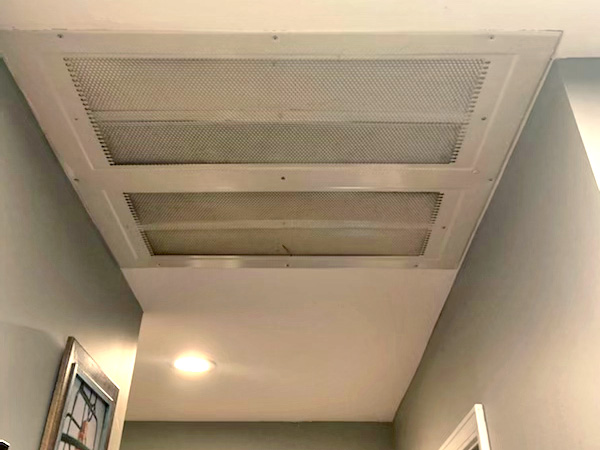How Much Does It Cost to Install a High-Velocity HVAC System?

Traditional heating, ventilation and cooling systems have served homeowners well, but let’s be honest: They’re not perfect. Many grudgingly put up with drafty rooms, uneven temperatures and bulky ductwork — but it doesn’t have to be this way.
This May Also Interest You: HVAC System Stop Working? Try These Troubleshooting Tips Before You Call for Service
High-velocity HVAC systems offer a unique approach, using smaller ducts and higher air pressure to deliver efficient and comfortable climate control.
What Is a High-Velocity HVAC System?
Unlike conventional systems with bulky ducts, high-velocity HVAC utilizes small, flexible tubing to transport conditioned air. A powerful air handler pushes air through these narrow channels at high pressure, ensuring fast and even distribution throughout your home. This translates to a number of benefits, summarized below.
Improved Comfort
The key to comfort with all HVAC systems is consistent airflow. High-velocity systems eliminate hot and cold spots, creating a more balanced temperature experience.
Enhanced Efficiency
Compared to traditional systems, high-velocity air conditioning systems operate with reduced waste. This is because they use smaller ducts, which translates to less energy loss. A major advantage related to this is less energy consumption, which can translate to lower bills.
Design Flexibility
If space is at a premium in your home, high-velocity systems may be a good solution. Those small ducts can easily navigate nooks, crannies and corners. Whether you’re retrofitting an older home or adding an extension, the design flexibility of these systems ensures seamless integration.
Quieter Operation
If you’ve ever heard the rumble of conventional ductwork, you’ll know it can be annoying. The whisper-quiet operation of a high-velocity system won’t disrupt your peaceful moments.
How Much Does It Cost to Install a High-Velocity System?
Unfortunately, there's no one-size-fits-all answer to this question. The cost of installing a high-velocity system depends on several factors, such as:
- The size and complexity of your home
- The removal and replacement of existing ductwork, if any
- Your chosen brand and model
- Labor costs, which vary greatly between locations
- Any additional features you might include, such as zoning controls, air filtration systems and dehumidifiers
With these wide variations in mind, a rough estimate is that the purchase and installation of a high-velocity air conditioning system can cost anywhere between $3,500 and $15,000 (CAD 4,706 and CAD 20,166), according to HomeGuide. If you’re installing a new HVAC system, and depending on your location, you may be eligible for a tax credit or rebate, which might bring the system's cost into your budget range.
More Related Articles:
- The Do’s and Don’ts of HVAC Maintenance
- Does My HVAC Filter Protect Against COVID-19?
- How Often Should You Change Your Furnace Filter?
- How Much Does HVAC Repair and Maintenance Cost?
- Is an HVAC Tune-Up Worth the Price? (Yes, Yes It Is)
What Factors Impact Overall Cost?
Let's dig deeper into the factors influencing the cost of such systems.
Ductwork
Removing and replacing traditional ductwork is a major expense. If your home lacks existing ductwork, installing an HVAC system becomes more cost-effective.
System Size and Complexity
Larger homes require more ducts, vents and equipment, naturally inflating the price. Additionally, intricate layouts with multiple rooms and levels demand complex ductwork, further increasing costs.
Brands and Models
Different manufacturers offer varying price points. Therefore, you should do your research to find a system that balances quality and affordability.
Labor
Hiring experienced professionals is crucial, but their expertise comes at a price. Get quotes from multiple qualified installers to compare rates.
Additional Features
Zone control allows individual temperature adjustments for different areas but adds to the cost. Upgraded air filtration systems and dehumidifiers further increase the price tag.
Making Your Decision
High-velocity systems offer several advantages, one of them being financial savings long-term, but you should still weigh the potential cost savings against the up-front investment. Consider your budget, home size/complexity and desired features carefully, and seek quotes from multiple qualified installers to ensure you get the most bang for your buck.
All CAD conversions are based on the exchange rate on the date of publication.


